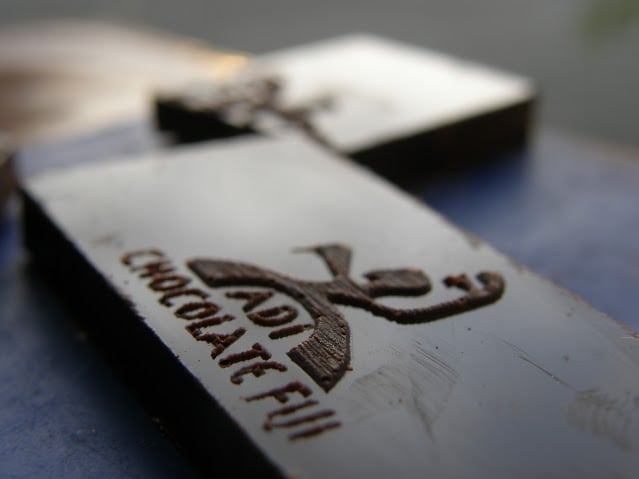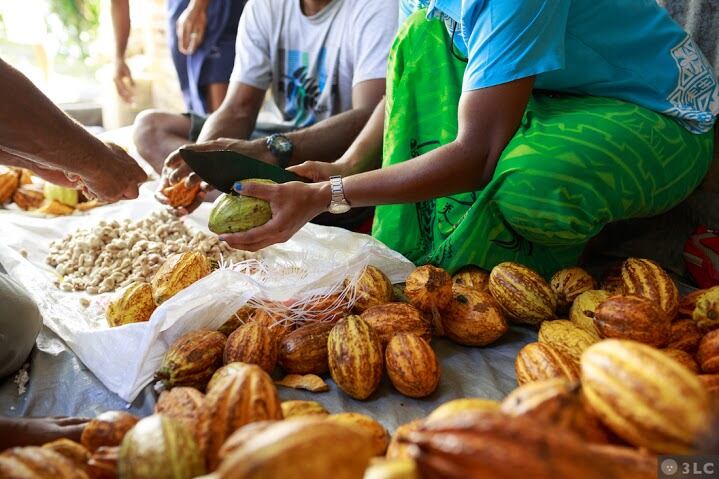The company plans to focus on growing exports for its retail premium chocolate brand after a dengue fever outbreak last year hit Fiji's tourism industry and dented the company's domestic sales.
Bye-bye to Adi Chocolate
The firm – Fiji’s only cocoa processor – recently changed its name from Adi Chocolate to Fijiana Cacao, after discovering ‘Adi’ sounded like a phrase for goodbye in German.
"Bye-Bye chocolate - that's not good! So we had to change,” founder of the company Tomo Zukoshi told ConfectioneryNews.
Domestic sales account for 95% of the company's business with half of Fijian Cacao’s chocolate sales going to hotels and restaurants as a couverture chocolate and 50% coming in domestic travel retail from the brand.

"The problem is: It's highly dependent on the tourism industry. The population is 800,000 and toursim brings in another 800,000,” said Zukoshi. "So we've decided to increase the export portion," he said.
The company sells milk chocolate couverture in Japan. Last year, it moved into a department store Switzerland for its brand and hopes to grow further in Europe with interest coming in Germany.
But Zukoshi, who hails from Japan and migrated to Fiji 12 years ago, said: "We are not market orientated. I'm standing more on behalf of farmers and the island."
Fiji’s Cocoa sector
In 2007, his company began working directly with farmers who owned old plantations.
"The farmer was making really bad beans so we had to teach them,” said the Japanese businessman.
Fijian Cacao trained farmers in a soil fermentation technique. The company takes the beans after fermentation to dry beans at the company's factory, which is a two and half hour drive from the plantations.
The firm also owns a 25-acre plantation, but mainly sources from 168 farmers that operate across 100 acres in Vanua Levu.
Strong ties to farmers
Zukoshi argued the company’s approach differed to mass-market chocolate firms. He argued that much of the chocolate industry neglected farmers in poor regions when prices rise.
"They buy the cacao when they want... they think they are the king. They never think about the farmers. My farmers, I know them. I know every one of them. I know their families and kids' names.
[Cocoa] is their only source of income, so we have to keep buying from them, no matter what."
Reluctant farmers

But he said farmers were still very wary of his company.
"There are many farmers that don't want to hear anything because they think I'm one of the government people.
"The reason they planted the cacao was because the government promised to buy all the crops, but the government policy changed amid the world crisis, so the farmers became broken hearted... a lot of farmers were angry so they just chopped out the tree and they changed to immediate crops like taro and cassava," he said.
According to the Fijian government, agriculture accounts for 9% of the country's annual GDP and accounts for 28% of formal employment. Taro, cassava and cava are among the country's main crops.
“We decided we had to revitalize this island - especially changing attitudes," said Zukoshi.
Cocoa history in Fiji
According to the Fijiana Cacao owner, cocoa was brought to Fiji in 1883 by Great Britain's Kew Gardens, together with sugarcane.
"We are the first company to start harvesting and grinding cacao into chocolate [in Fiji],” he said.
Fijian cocoa was previously sold as a primary crop in export markets, which meant many buyers would move away from the origin when price rose, claimed Zukoshi.
"Instead, I decided to make industry within the country,” he said.
Cocoa characteristics
Fijian cocoa is not acidic and has floral and nutty notes, he continued. The country’s main variety is Trinitario.
Fiji is not among the 17 countries recognized by the International Cocoa Organization (ICCO) as a fine flavor origin, but Zuukoshi takes a different view
"To me it's fine flavor. We are too small players that nobody cares,” he said.
